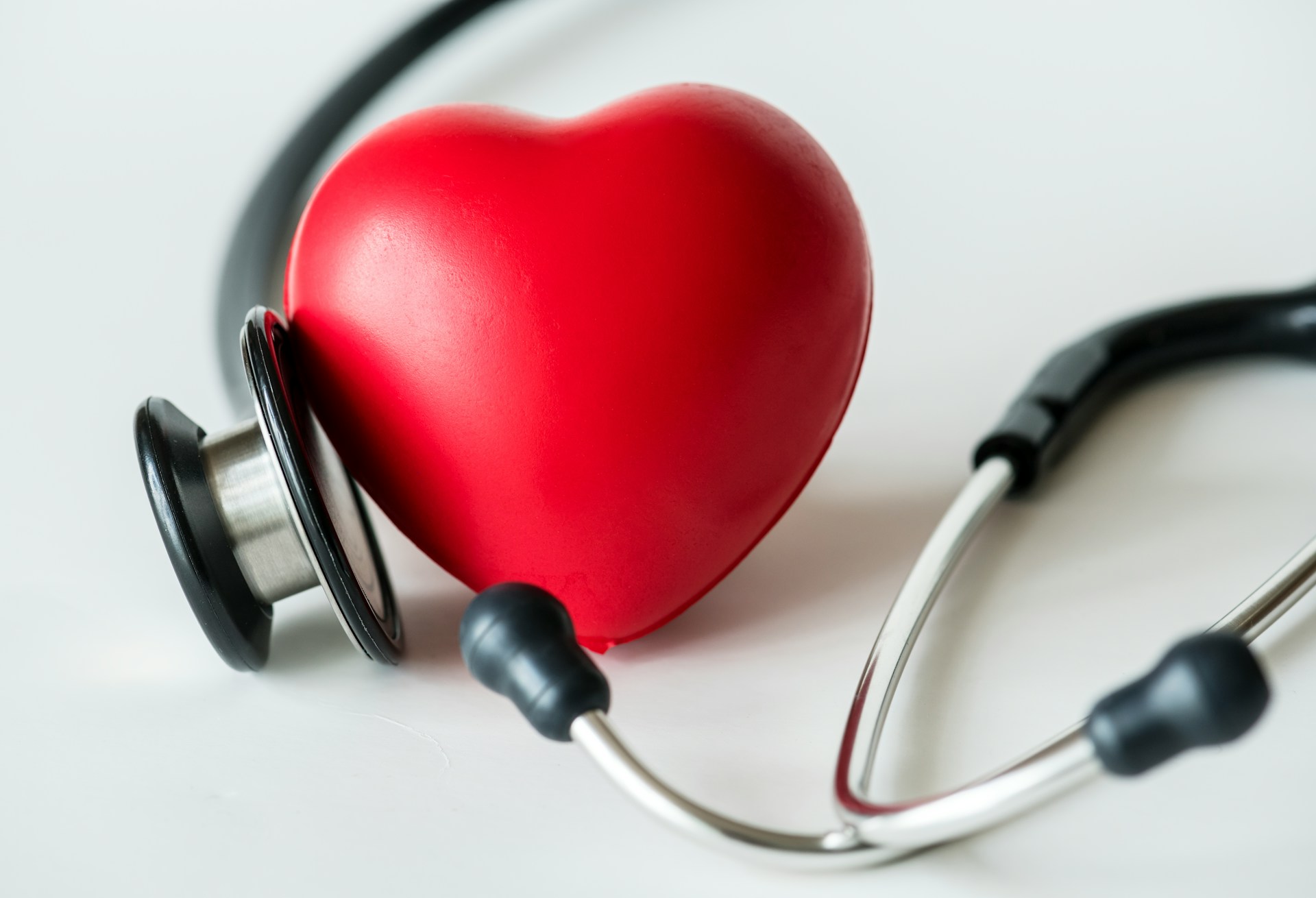Cardiac Diagnostic Tools: Shaping the Future of Heart Care

Cardiology has evolved dramatically with the advancement of cardiac diagnostic tools. These innovations have allowed physicians to detect heart disease earlier, guide more accurate treatment, and monitor patients with far less risk than before. Traditional invasive procedures are now being replaced with non-invasive and highly detailed imaging techniques that give doctors deeper insights into the heart. From echocardiograms to cardiac MRIs, the progress in technology continues to improve outcomes for patients worldwide.
Echocardiograms: The First Step in Cardiac Diagnostic Tools
Among all cardiac diagnostic tools, the echocardiogram stands out as one of the most widely used. This test uses sound waves to create live images of the heart, allowing physicians to see its chambers, valves, and pumping motion in detail. Echocardiograms are commonly used to diagnose heart valve disorders, congenital abnormalities, and cardiomyopathy. They are also invaluable for monitoring patients with chronic heart failure, as they reveal how effectively the heart is pumping blood.
Stress echocardiograms provide even greater insight, comparing images taken at rest with those captured during physical exertion to determine whether coronary artery disease is present. What makes echocardiograms vital among cardiac diagnostic tools is their accessibility, non-invasive nature, and real-time analysis, which makes them a frontline choice in clinics, hospitals, and even emergency care settings.
Electrocardiograms: Electrical Precision in Cardiac Diagnostic Tools
While echocardiograms provide structural insight, electrocardiograms focus on electrical signals within the heart. This test records the timing and rhythm of heartbeats, helping doctors identify dangerous irregularities. As one of the most trusted cardiac diagnostic tools, electrocardiograms are used to detect arrhythmias such as atrial fibrillation, tachycardia, and bradycardia. They also reveal evidence of ongoing or previous heart attacks, making them essential for emergency evaluations.
Recent advancements have brought electrocardiograms into wearable technology. Smartwatches and portable monitors now allow patients to track their heart rhythm continuously. These innovations in cardiac diagnostic tools extend monitoring beyond clinical visits, empowering patients to take an active role in managing their heart health. Physicians benefit as well, since they can access long-term heart data for more accurate diagnoses.
CT Angiography: Visualizing Blood Flow with Cardiac Diagnostic Tools
Computed Tomography (CT) angiography has changed the way cardiologists look at the coronary arteries. As one of the more advanced cardiac diagnostic tools, CT angiography uses X-rays and computer imaging to create three-dimensional views of blood vessels. This method is crucial in detecting blockages, narrowing, and other abnormalities that can lead to heart attacks if left untreated.
The precision of CT angiography also makes it invaluable for planning surgeries and interventions. Compared to traditional catheter-based angiograms, CT angiography is less invasive, requiring only an intravenous injection of contrast dye. Patients experience greater comfort, reduced risks, and faster recovery. The clarity and speed of modern CT scanners mean results are available within minutes, providing doctors with rapid and reliable information to guide treatment decisions.
Cardiac MRI: Advanced Imaging with Cardiac Diagnostic Tools
Cardiac Magnetic Resonance Imaging (MRI) is considered one of the most powerful cardiac diagnostic tools available today. Unlike CT scans or echocardiograms, cardiac MRI uses magnetic fields and radio waves to create detailed images of the heart’s structure and tissues. This technology allows doctors to distinguish between healthy, damaged, or inflamed tissue with remarkable precision.
Cardiac MRI is particularly useful for diagnosing conditions such as myocarditis and cardiomyopathies. It also provides detailed measurements of blood flow, chamber volumes, and ejection fraction, all of which are critical for understanding overall heart function. While cardiac MRI takes longer and is more expensive than other methods, its comprehensive insights make it the gold standard for complex or unclear cases. Advances in scanner technology are reducing time and cost, making this diagnostic tool more widely accessible.
Nuclear Cardiology: Functional Insight Through Cardiac Diagnostic Tools
Nuclear cardiology brings a unique perspective to heart evaluation. By using small amounts of radioactive tracers, doctors can analyze blood flow and heart function at a molecular level. Among the most common tests are myocardial perfusion scans and PET scans, both of which highlight areas of the heart receiving insufficient blood supply.
This branch of cardiac diagnostic tools is essential for assessing heart tissue viability and determining whether damaged areas could recover after treatments such as angioplasty or bypass surgery. It also helps in evaluating patient risk and tailoring treatment strategies. Concerns about radiation exposure have been reduced with modern advancements, making nuclear cardiology a safe and effective option for many patients.
Emerging Technologies: The Next Generation of Cardiac Diagnostic Tools
Artificial intelligence and wearable devices are redefining what cardiac diagnostic tools can achieve. AI-powered algorithms now assist cardiologists by analyzing imaging scans for subtle patterns that may go unnoticed by the human eye. This reduces error and ensures faster, more accurate diagnoses.
Wearable devices represent another revolution. Beyond fitness tracking, smart devices now offer continuous ECG monitoring, blood pressure tracking, and even oxygen saturation levels. These real-time metrics extend the diagnostic reach of cardiology into everyday life, allowing for earlier interventions and improved preventive care. Predictive analytics powered by AI are also becoming more prominent, helping forecast potential cardiac events before they occur.
The advancement of cardiac diagnostic tools has reshaped modern cardiology. From echocardiograms and electrocardiograms to CT angiography and cardiac MRI, each tool provides unique insights that enhance patient care. Nuclear cardiology adds another layer of precision, while emerging technologies like AI and wearables point toward a future of proactive, preventive medicine.
With each innovation, cardiac diagnostic tools not only improve accuracy and safety but also empower patients and physicians alike. They represent the ongoing transformation of cardiology into a field defined by precision, accessibility, and better outcomes for heart health.